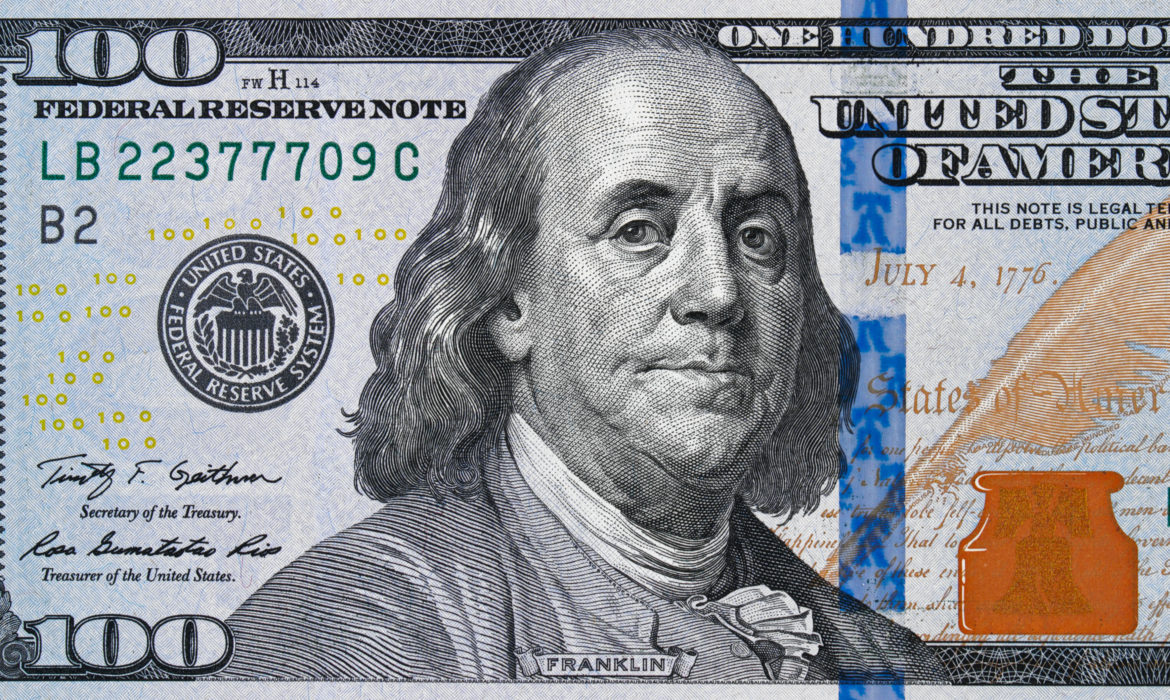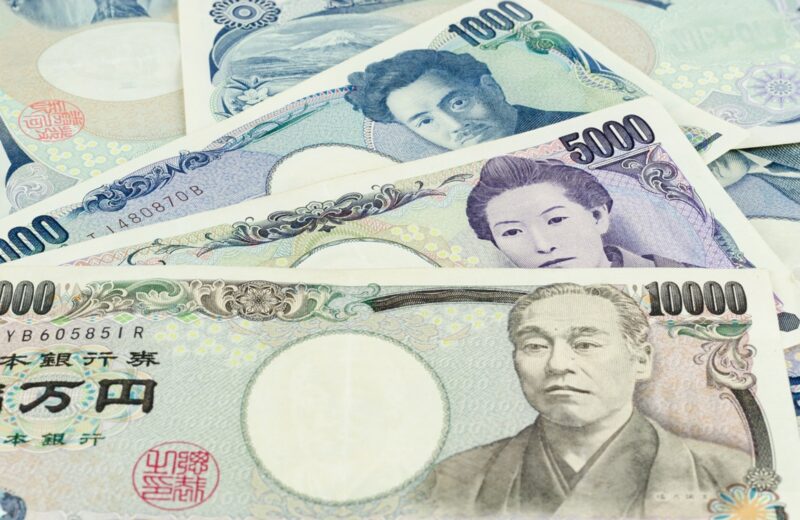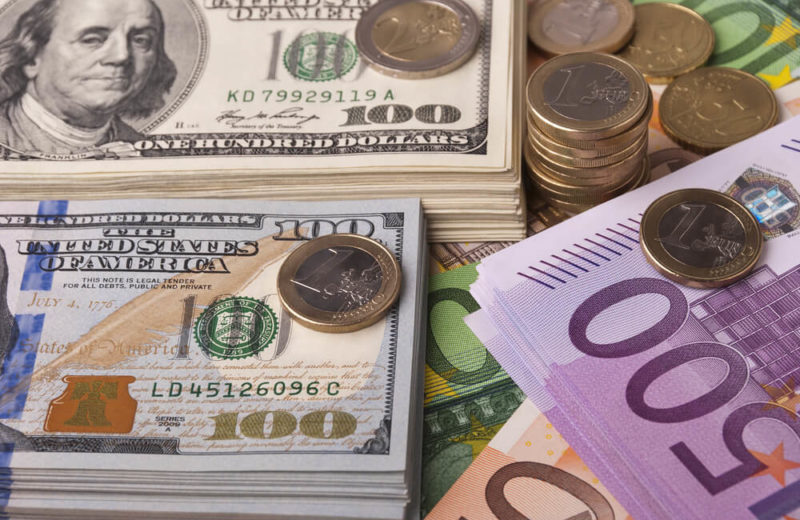Investors Await Crucial Economic Data Amidst Uncertain US Dollar Rate Market Sentiment
The global forex market is navigating through uncertainties as major currency pairs extend their range-bound movements into the new week. Investors, adopting a cautious approach, are refraining from placing fresh directional bets, with a keen eye on pivotal inflation data from the United States (US) and the Eurozone scheduled later in the week.
Asian Markets Respond to PBOC Caution
Early Monday witnessed lower trading in Asian markets, influenced by a lack of details from the People’s Bank of China (PBOC) regarding stimulus measures for private firms. The surge in China’s respiratory illnesses and the ongoing decline in China’s Industrial Profits added to the edgy market atmosphere. Furthermore, uncertainty over major central banks’ interest rate outlooks contributed to the subdued market mood.
Forex Market Flotation Stabilizes Post-Thanksgiving Break
As US traders return from the Thanksgiving holiday break, the US S&P 500 futures, a key risk barometer, indicate a 0.30% decline, reflecting the prevailing cautious sentiment. Despite the tepid market mood, the US Dollar struggles to find support, with selling interest returning, especially in the USD/JPY pair. Renewed declines in US Treasury bond yields further exacerbate the weakness.
At the time of writing, the US Dollar Index is down 0.10% on the day, inching back towards the three-month low recorded last Tuesday at 103.18.
Currency Focus: AUD and NZD Maintain Strength
Amidst the cautious market backdrop, the Australian Dollar (AUD) and the New Zealand Dollar (NZD) consolidated their positions near multi-month highs against the US Dollar. The AUD/USD holds gains below 0.6600, while the NZD/USD pair remains capped by 0.6100. Traders focus on Tuesday’s monthly Australian Retail Sales data release and a speech by the Reserve Bank of Australia (RBA) Governor Michele Bullock.
JPY Gains Momentum, EUR/USD Swap Rate Resumes Range Trading
The Japanese Yen (JPY) extends its previous week’s bearish momentum, remaining 0.37% lower against the US Dollar. Japan’s Corporate Service Price Index, rising at an annual pace of 2.30% in October, has fueled speculations about the Bank of Japan (BoJ) potentially ending its negative interest rate policy in April.
Meanwhile, the Euro-to-Dollar exchange rate resumes range trading around 1.0950. Eyes are on European Central Bank (ECB) President Christine Lagarde’s testimony before the European Parliament’s Committee on Economic and Monetary Affairs, expected to provide insights into the EUR swap rate’s future trajectory.
GBP/USD Hits Two-Month Highs
The British Pound to Dollar rate continues its winning streak, refreshing two-month highs near 1.2630. The Pound remains buoyed by last week’s hawkish Bank of England (BoE) commentary and robust UK Services PMI data.
US Dollar Forecast: Navigating Growth and Inflation Challenges
Anticipation builds for key US economic data, including the second estimate of Q3 GDP and US Personal Consumption Expenditure (PCE) data. The US Dollar’s recent sell-off is attributed to growing concerns about the impact of tight financial conditions on the largest economy. Labour data, retail sales, and CPI data have all contributed to the downward pressure on the dollar.
The US Treasury’s sizable auction further adds complexity to the market dynamics, impacting Treasury yields and potentially influencing the US Dollar. As the dollar basket tests crucial trend indicators, the week ahead remains pivotal, with GDP and inflation data outcomes determining the trajectory of the US Dollar rate.
















